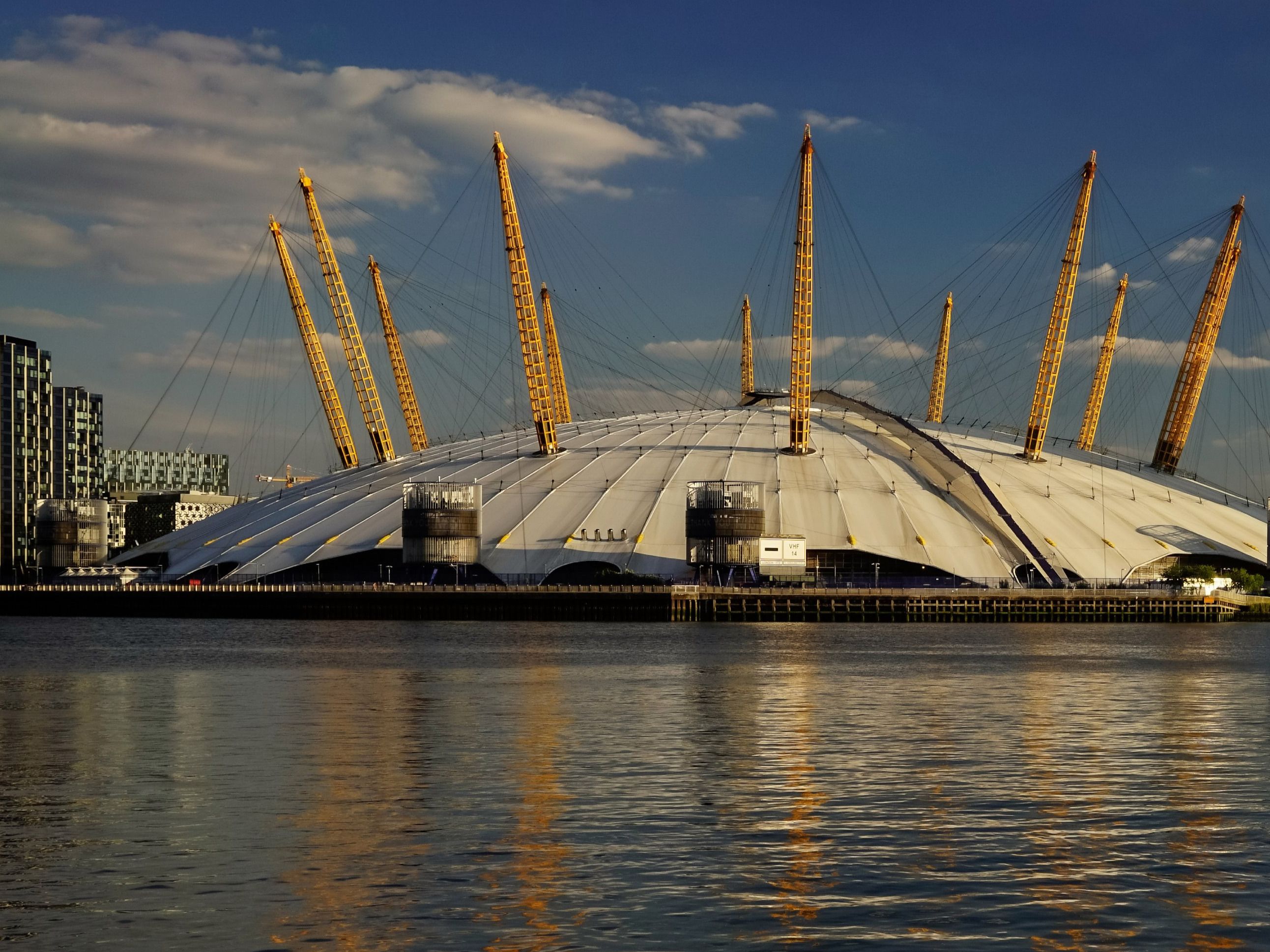Approved by curator

Added: Mar 02, 2022
Last edited: Apr 14, 2023
With an increasing consumption of water resources, reusing water is a key aspect of circular economy.
At the Millennium Dome, visitors and staff have been using about 120 m3 of water a day in the hand washbasins. In addition, the roof, of a surface of 100 000 m² could have allowed huge quantities of rainwater run-off. Finally, the city of London, like many other metropolitan cities, has been experiencing the issue of rising groundwater. These problems have led to integrate the reuse of water, and its treatment, in the conception of the Millennium Dome (the building under which The O2 Arena entertainment complex was built).
The Dome has thus been reusing the greywater from the hand washbasins and the groundwater from the chalk aquifer. By designing roof hoppers, rain runs from the roof into the surface-water drainage system. Wetlands have also been constructed to treat surface water and eliminate contaminants and break down micro-pollutants with microorganisms.
With such conception, the Millennium Dome can supply around 500 m3 of water per day, to flush all the toilets and urinals on the site. It was recognized as the first major “in-building” recycling scheme in the UK, with the further aims to promote sustainable water use, evaluate water-efficient appliances, investigate public attitudes to water recycling initiatives, demonstrate and research water recycling technologies.
Photo by Jimmy Rage on Flickr

Ecological Impact
Social Impact
Economic Impact
Increase Awareness
Innovation
Minimise Waste (SDG12)
Save Water (SDG6)
Reuse
Support reuse, repair, remanufacturing, maintenance of existing resources, products, spaces & infrastructure
💧 Grey-water reuse systems
water runoff
